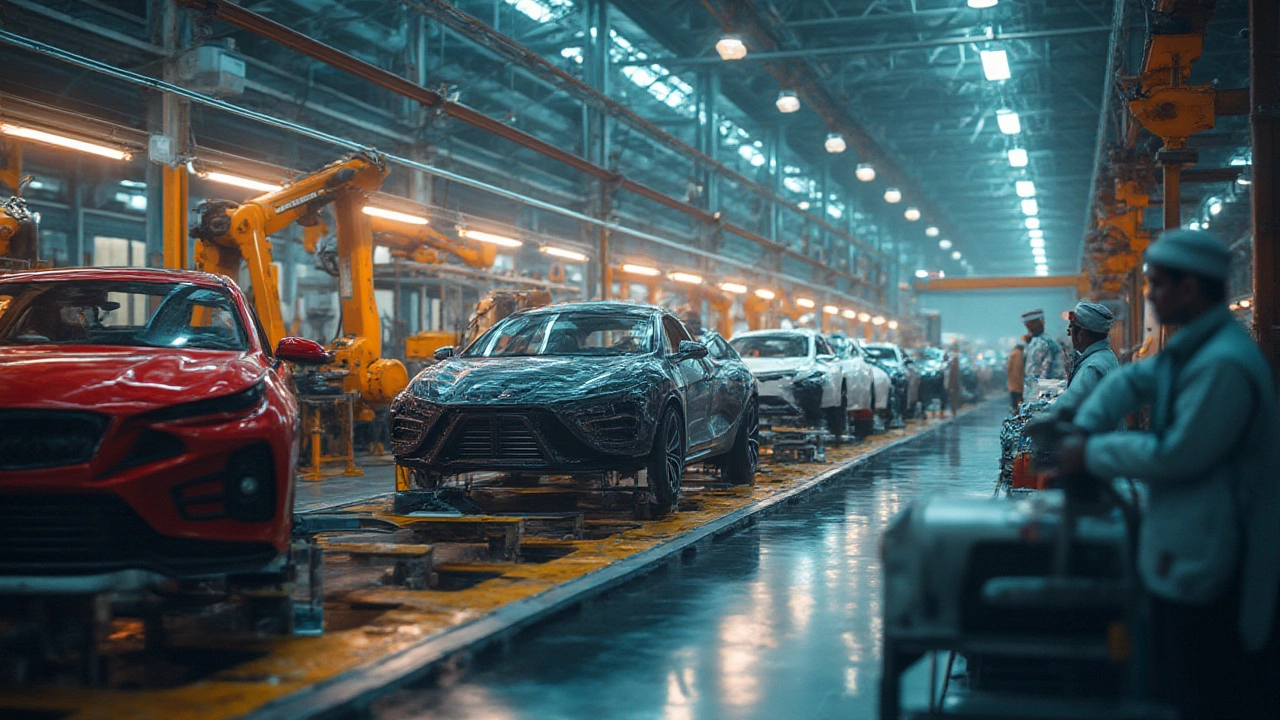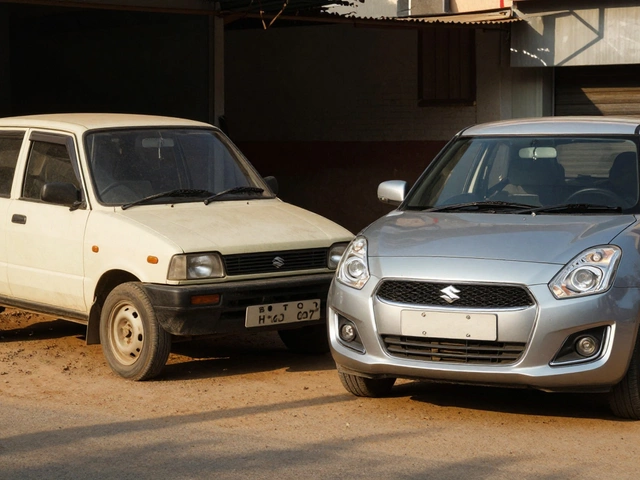Pakistani Cars – What’s Happening and Why It Matters
If you’ve ever wondered whether Pakistani cars could roll onto Indian roads, you’re not alone. People ask about prices, regulations, and whether local factories can tap into Pakistani designs. Below we break down the key points you need to know, from market trends to import costs.
Current Landscape of the Pakistani Car Market
Pakistan’s automotive sector is still growing, but it’s picking up speed. Local brands like Suzuki and Hyundai dominate, while new players are testing the waters with electric models. Demand is driven by a young population and rising middle‑class buying power. At the same time, the government offers tax breaks for assembling cars locally, which lowers prices for consumers.
One big takeaway is that most vehicles sold in Pakistan are actually built in India or other Asian factories and shipped in as kits. That means the production techniques, parts quality, and supply chains are similar across the border. If you’re in India and you understand how to set up a small assembly line, the know‑how is already there.
Importing a Pakistani Car to India – Costs and Paperwork
Bringing a car from Pakistan into India isn’t as simple as crossing a state line. You’ll face customs duties, registration fees, and emission standards that differ from those in Pakistan. The 2025 cost guide for importing a car to India shows that duties can add 30‑40% to the vehicle’s price, plus GST and handling charges.
Here’s a quick checklist:
- Get the original invoice and proof of ownership.
- Apply for a temporary import permit from the Indian Ministry of Commerce.
- Pay customs duty based on the car’s engine size and age.
- Pass a road‑worthiness test to meet Indian emission norms.
Many importers recommend using a freight forwarder who knows the India‑Pakistan border process. It saves time and helps avoid surprise fees.
If you’re a small‑scale manufacturer looking to source parts from Pakistan, the same duty rules apply, but you can claim input tax credits if the parts are used in domestic production.
Overall, the biggest hurdles are paperwork and the extra cost. However, if you can source a high‑demand model that isn’t readily available in India, the margin can justify the effort.
In short, Pakistani cars are gaining traction, the production methods are familiar to Indian manufacturers, and importing them is doable with the right planning. Keep an eye on policy changes – both countries are tweaking automotive rules to boost local manufacturing, which could make cross‑border deals smoother in the near future.
Whether you’re a buyer, a dealer, or a startup looking to expand, understanding these basics will help you make smarter decisions about Pakistani cars.
Are There Any Cars Made in Pakistan? Exploring Local Car Manufacturing
Explore the facts about car manufacturing in Pakistan—who makes cars there, how local the vehicles really are, and what the future holds for Pakistan's auto industry.
Read More




